Aluminum price jumps to record as Russian attack boosts supply risks
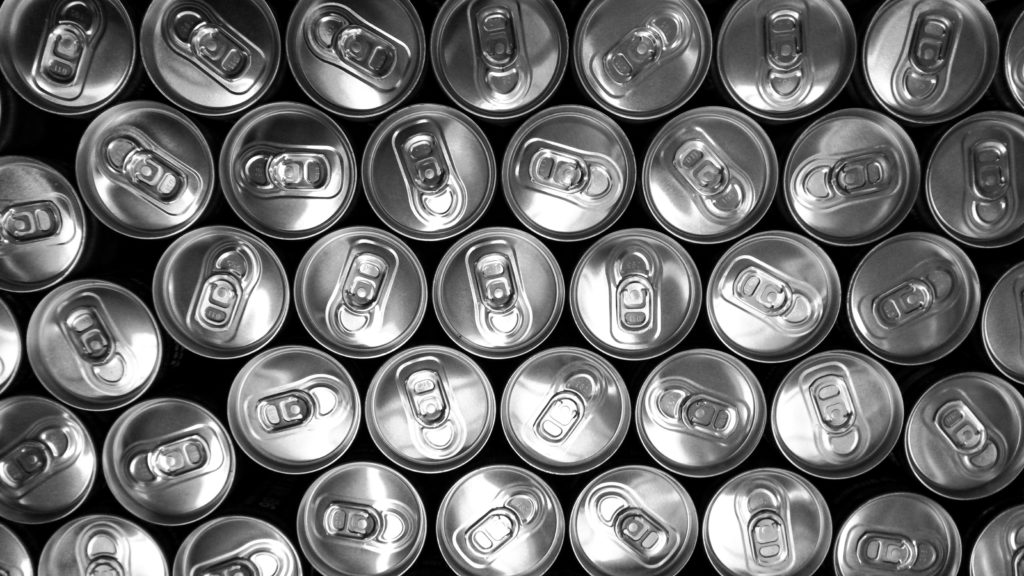
Aluminum rallied to a record in London and nickel surged to the highest in more than a decade, pacing gains in industrial-metals markets as the deepening Ukraine crisis added to supply risks in an industry already facing critical shortages.
U.S. President Joe Biden warned that Russia faces “severe sanctions” after his counterpart Vladimir Putin ordered a military attack on Ukraine. The crisis is heightening concerns over the possibility of supply disruptions in commodities from grains to metals and oil.
The gains will heap fresh inflationary pressure on buyers who use aluminum in everything from cables to drinks cans, and the threat of disruption will be particularly troubling for manufacturers in Europe who buy large volumes of specialist products using it that come from Russia. There’s also mounting concern about supply from western producers, who face even more extreme spikes in gas and power prices.
“It’s a double whammy, and it’s a real worry,” said Robin Bhar, an independent consultant who’s been involved in metals markets for more than three decades. “It may be that the increase in energy prices is so penal that it outweighs the rise in the metal price.”
Aluminum jumped as much as 5.7% to $3,480 a ton on the London Metal Exchange, surpassing a previous record set in 2008. Cash aluminum contracts traded at the biggest premium to futures since 2007, signaling a scramble for the dwindling supplies of spot metal on the bourse. Nickel surged to the highest since 2011, while copper slipped as the military action sparked a selloff in risk assets across financial markets.
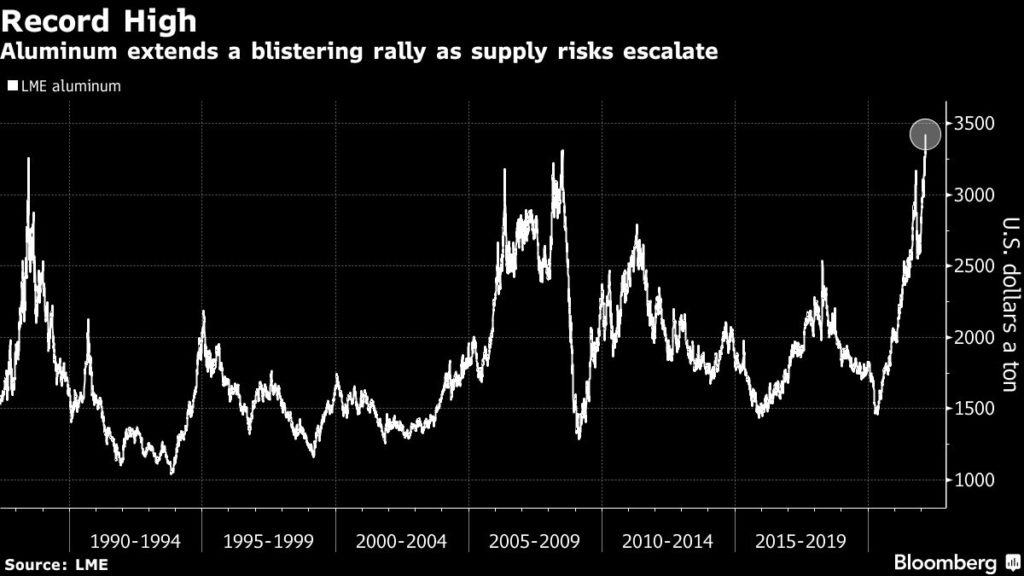
Even with aluminum prices at a record-high, surging energy prices means some smelters remain unprofitable. German power prices and the region’s benchmark gas contract both spiked above 50%, far exceeding the gains seen in most industrial metals.
U.S. sanctions on major producer United Co. Rusal International PJSC in 2018 sent prices soaring about 30% and sparked a frenzied hunt for alternative metal. The penalties were lifted after billionaire Oleg Deripaska agreed to reduce his ownership and relinquish control.
There’s no guarantee that the situation in Ukraine, or any planned sanctions by the U.S. or Europe, will affect aluminum or any other metal. Russia is also an important producer of nickel, palladium and copper.
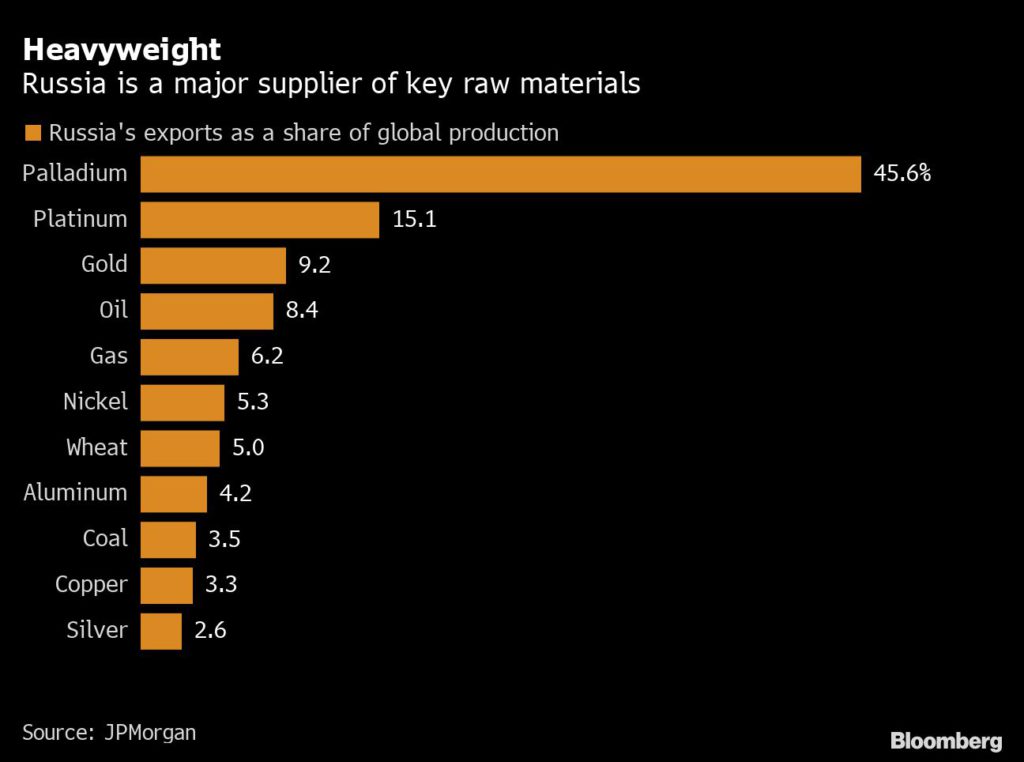
V-shaped
Aluminum has seen a dramatic turnaround over the past two years, after being hit particularly hard early in the pandemic as lockdowns sparked a collapse in usage in the automotive and aerospace sectors.
The metal has since more than doubled as surging energy prices sparked widespread smelter shutdowns in China and Europe, just as demand in areas including construction and packaging started roaring back.
Raw materials from nickel to crude oil have surged in recent months as consumption has risen sharply with the world emerging from the pandemic, while supply has lagged.
With aluminum inventories now reaching critically low levels, the metal’s soaring price is adding to cost pressures on manufacturers, and analysts see further gains. Goldman Sachs Group Inc. predicted prices will reach $4,000 within 12 months amid “unprecedented” supply tightness.
Aluminum traded at $3,423 a ton as of 4:10 p.m. local time on the LME. Nickel rallied as much as 5.4% to $25,705 a ton, the highest since May 2011, while zinc, lead and tin also gained. Copper swung between gains and losses.
(By Mark Burton, with assistance from Winnie Zhu, Martin Ritchie and Yvonne Yue Li)
More News
Argentina aims to boost lithium production by 75% in 2025, sees no risk from trade war
The boost in production is expected to mostly come from new operations in Salta and expansions in Catamarca and Jujuy, the northern provinces.
April 08, 2025 | 01:32 pm
PDAC video: Eldorado targets 43% output surge
The company – which operates mines in Turkey, Greece and Canada – forecasts production to hit between 660,000 and 720,000 oz. gold by 2027.
April 08, 2025 | 12:59 pm
BHP gives Chile a $13 billion reason to cut red tape for mines
BHP has said previously that the projects would take production to an average annual rate of about 1.4 million metric tons next decade in Chile.
April 08, 2025 | 11:11 am
{{ commodity.name }}
{{ post.title }}
{{ post.excerpt }}
{{ post.date }}

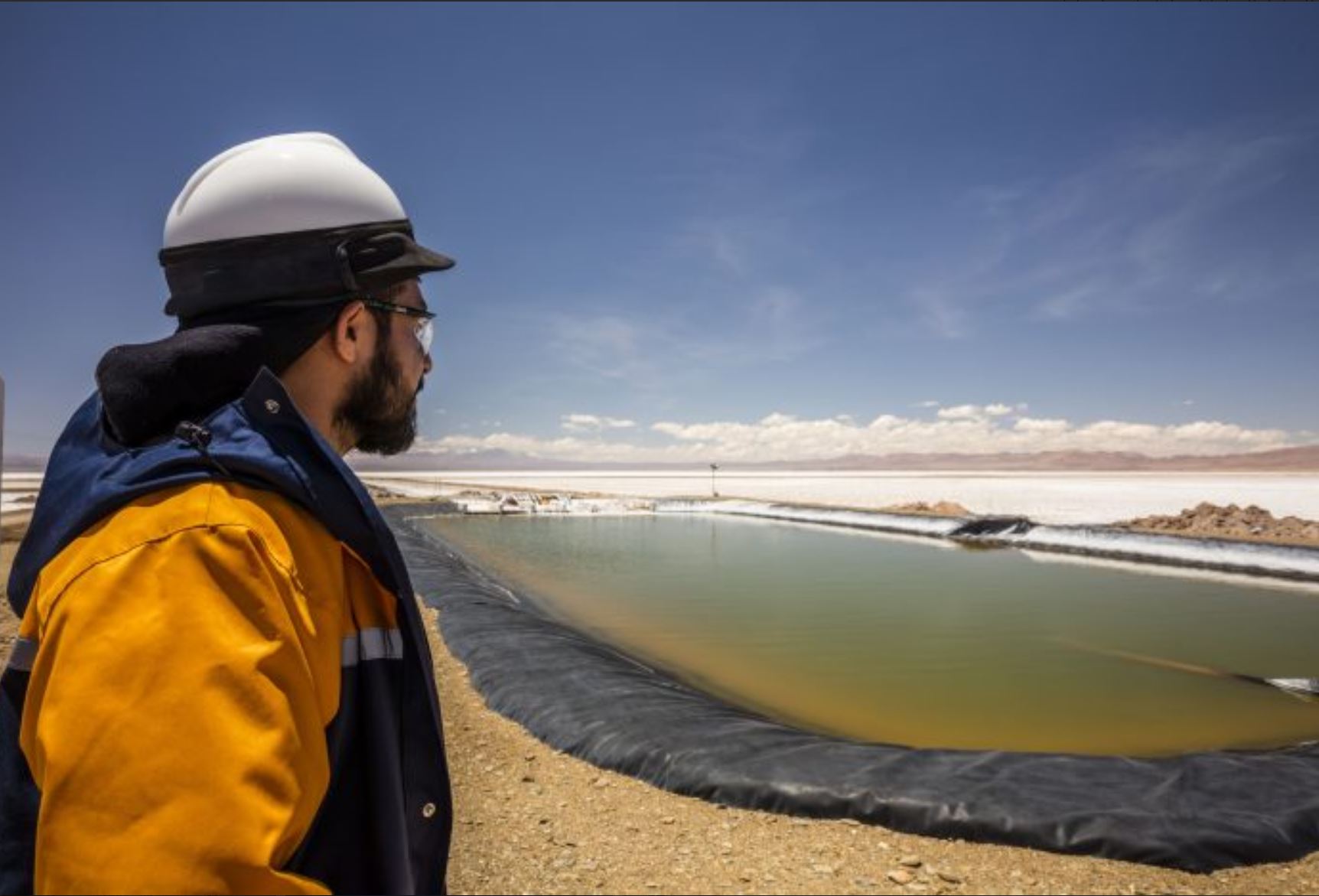

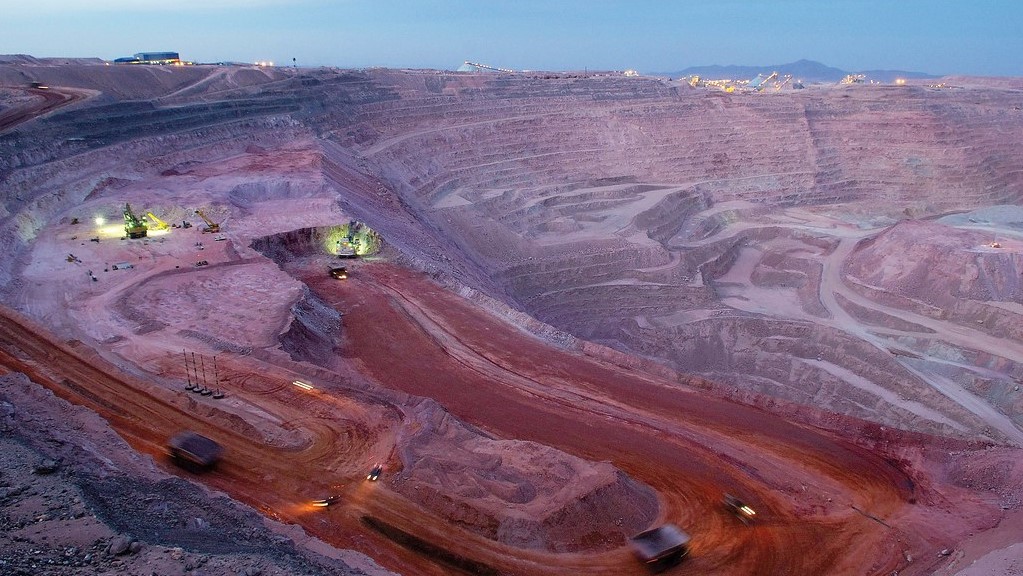
Comments